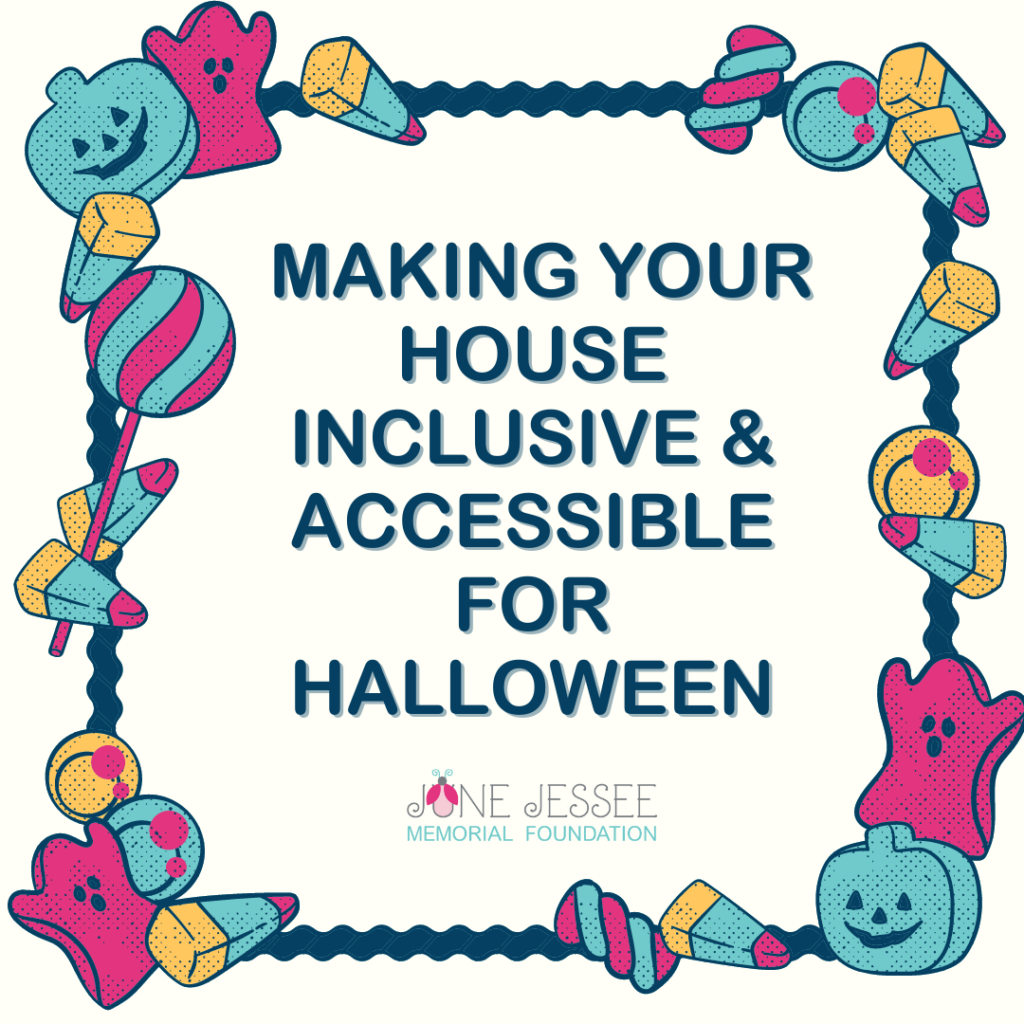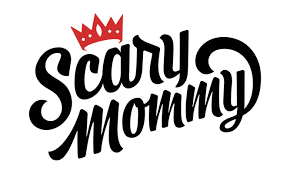Tips for Making Your House Inclusive & Accessible this Halloween
Spooky season is upon us! In past years we have shared tips on helping prepare kiddos with disabilities for Halloween, so this year we wanted to share something different. My son absolutely loves to hand out candy almost more than trick-or-treating! We quickly realized that it’s a great way to bring awareness to ways to host an inclusive and accessible trick or treating environment! Below we’ve included some helpful ideas for your household to create a Halloween environment that hopefully everyone can enjoy. Wishing you all a Boo-tiful Halloween!
– Karlita Blackwell, JJMF Community Engagement Manager
Tips for Making Your House Inclusive & Accessible this Halloween:
- Set up at the end of your driveway. This makes it much easier for kids with mobility impairments to have access. If you don’t have a driveway, you can consider using your vehicle and decorating your trunk as a “trunk-or-treat” option.
- Describe the candy you’re handing out. This allows for those with vision impairments, various delays, or food allergies to hear what their options are.
- Offer candy alternatives. Keep in mind that there are various reasons that edible treats may not be an option for some kids: food allergies and aversions, they may be tube fed and unable to eat by mouth, etc. Considering including other options such as play-doh, fidget toys, bubbles, temporary tattoos, etc. Check out this list of ideas.
- Rethink your decorations. Flashing lights, fog machines and loud noises can be detrimental to kids with seizure disorders, sensory sensitivities and Autism Spectrum Disorder. Consider other options instead.
- Remove any obstructions. Even leaves can cause difficulty, so making sure your pathways are accessible and well lit makes it easier for those with mobility issues to navigate their way to you to trick-or-treat.
- Respect all types of communication. Some children may be non-verbal, need extra time, use sign language or a communication device. Set aside the expectation of hearing “trick-or-treat” and meet the child where they are.
- Allow extra time. Be aware of fine and gross motor challenges. To make candy or treats more accessible, consider spreading them out on a table to make them easier to grab. Another option would be to ask the child what they would like and kindly hand it to them, or put it in their bag.
- Make it known that you’re an accessible house. Spreading the word to your neighbors ahead of time is a great way to encourage others to create accessible and inclusive spaces, something they may have never thought of! You can also let trick-or-treaters know by putting a sign in your yard.
- Most importantly, have patience, be kind and have fun!







